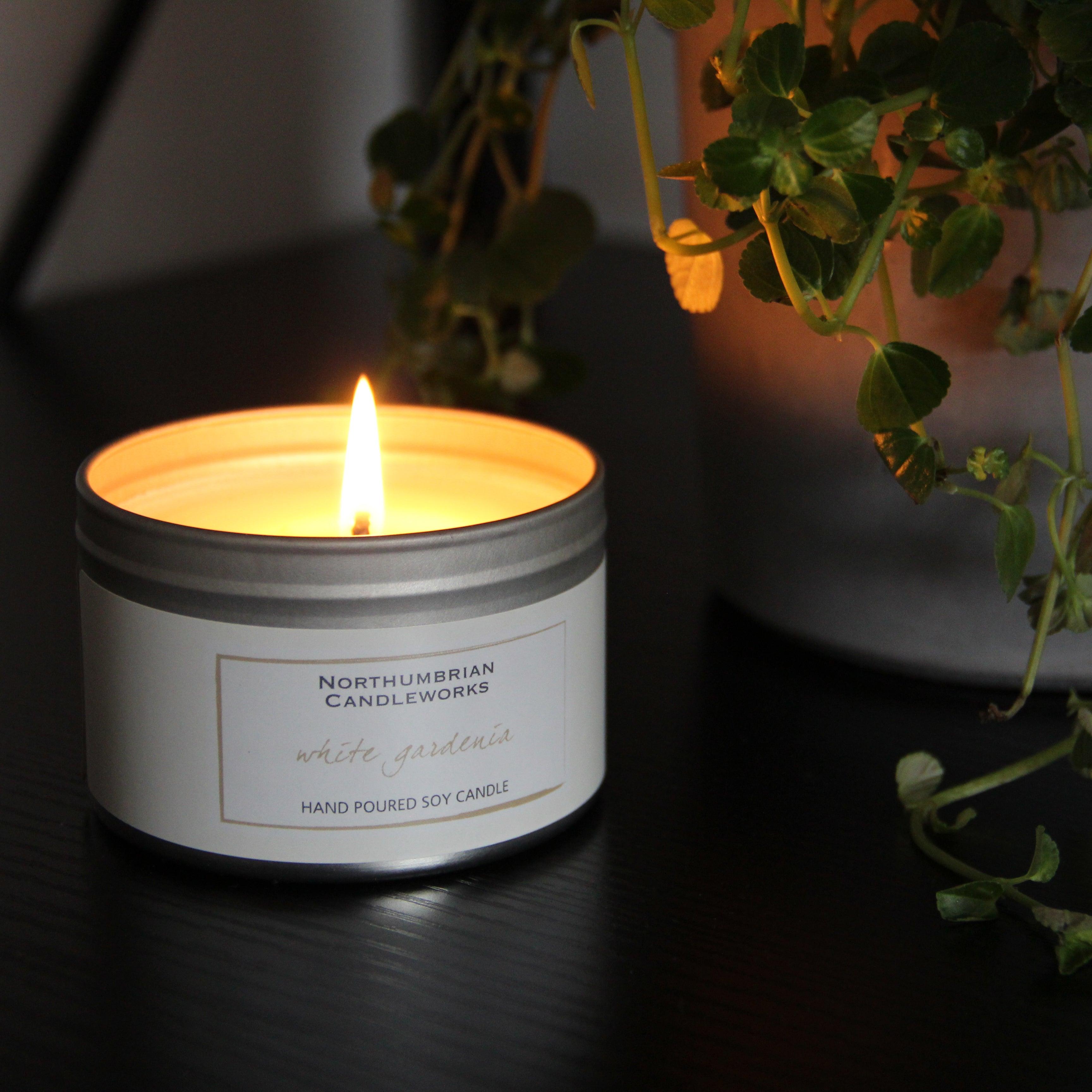Check out the Globe of Crystal Soy Candles and Home Fragrance Delights
Check out the Globe of Crystal Soy Candles and Home Fragrance Delights
Blog Article
From Wick to Wax: Recognizing the Chemistry Behind Soy Wax Candles and Their Environmental Influence
As we illuminate our areas with the cozy glow of candles, there lies a world of intricate chemistry behind the apparently basic act of lighting a soy wax candle light. Join us as we unravel the clinical intricacies behind soy wax candle lights and explore their implications on our environment.
Soy Wax Vs. Paraffin Wax
When contrasting soy wax and paraffin wax for candle light production, it is important to recognize the unique qualities and advantages of each material. Soy wax is a natural, sustainable resource stemmed from soybean oil, making it eco-friendly and biodegradable - soy wax candles. On the other hand, paraffin wax is a result of petroleum refining, which increases concerns regarding its environmental effect and sustainability
Soy wax candle lights melt cleaner and produce less soot compared to paraffin wax candle lights, making them a much healthier choice for indoor air quality. In addition, soy wax has a lower melting point, permitting a longer-lasting candle light that disperses fragrance better. Paraffin wax, on the various other hand, often tends to melt faster and much less cleanly, possibly launching damaging chemicals right into the air.
From a sustainability perspective, soy wax is favored for its biodegradability and eco-friendly sourcing, aligning with the expanding customer preference for ecologically mindful products. While paraffin wax has actually been a traditional selection in candle making because of its price and simplicity of usage, the change towards environmentally friendly alternatives like soy wax is obtaining energy in the market.
Chemical Structure of Soy Wax

Burning Refine in Soy Candles
The chemical structure of soy wax directly influences the combustion process in soy candle lights, affecting variables such as shed time, fragrance release, and ecological impact. When a soy candle light is lit, the warmth from the flame melts the wax near the wick.
The burning effectiveness of soy candle lights is affected by the purity of the soy wax and the high quality of the wick. A clean-burning soy candle with a properly sized wick will minimize and generate a steady fire residue formation. This not only extends the burn time of the candle but additionally More Bonuses improves the launch of fragrances. In addition, soy wax candles have a reduced environmental effect compared to paraffin candle lights as a result of their renewable and biodegradable nature.

Environmental Advantages of Soy Wax

Thought about a lasting choice to conventional paraffin wax, soy wax uses significant environmental benefits that make it a popular selection among eco-conscious consumers. One significant advantage of soy wax is its renewable sourcing. Soy wax is originated from soybean oil, which is primarily cultivated in the United States. The cultivation of soybeans aids sustain local farmers and reduces the reliance on non-renewable fossil gas utilized in paraffin wax production. Furthermore, soy wax is biodegradable, suggesting it breaks down normally without releasing hazardous toxins into the atmosphere. This particular makes soy wax candle lights a much more environmentally friendly option contrasted to paraffin wax candle lights, which are made from petroleum, a non-renewable resource. Soy wax burns cleaner and creates much less soot than paraffin wax, contributing to far better interior air quality and reducing the requirement for cleaning and upkeep. In general, the ecological advantages of soy wax line up with the growing need for environmentally friendly and lasting items in the marketplace.
Recycling and Disposal Factors To Consider
Reusing and proper disposal of soy wax candles play a crucial duty in keeping ecological sustainability and reducing waste in communities and houses. When it involves recycling soy wax candle lights, the very first action is to guarantee that the candle has actually burned totally. This can be achieved by allowing the candle to burn up until the wick is no much longer usable, and after that allowing the continuing to be wax cool and solidify. When the wax has actually strengthened, it can be thoroughly eliminated from the container.

In terms of disposal, if recycling is not an alternative, soy wax candles are naturally degradable and can be securely taken care of in most household waste systems. Nonetheless, it is always recommended to consult neighborhood recycling facilities or waste administration services for specific guidelines on candle disposal to make sure proper handling and environmental management.
Final Thought
To conclude, the chemistry behind soy wax candle lights reveals their investigate this site environmental benefits recommended you read over paraffin wax candle lights. Soy wax, stemmed from soybean oil, burns cleaner and creates less soot when compared to paraffin wax. The burning procedure in soy candle lights is much more efficient, leading to a longer and more also melt. Furthermore, soy wax is biodegradable and eco-friendly, making it a much more lasting option for candle manufacturing. Reusing and appropriate disposal of soy wax candles further contribute to their environmental impact.
When contrasting soy wax and paraffin wax for candle making, it is vital to comprehend the distinctive features and advantages of each material (home fragrance).Soy wax candle lights burn cleaner and discharge less soot contrasted to paraffin wax candles, making them a much healthier option for indoor air quality.Taken into consideration a lasting alternative to conventional paraffin wax, soy wax supplies notable environmental benefits that make it a prominent selection among eco-conscious customers. Soy wax burns cleaner and creates much less residue than paraffin wax, adding to better interior air top quality and reducing the need for cleansing and maintenance.In conclusion, the chemistry behind soy wax candle lights reveals their environmental advantages over paraffin wax candle lights
Report this page